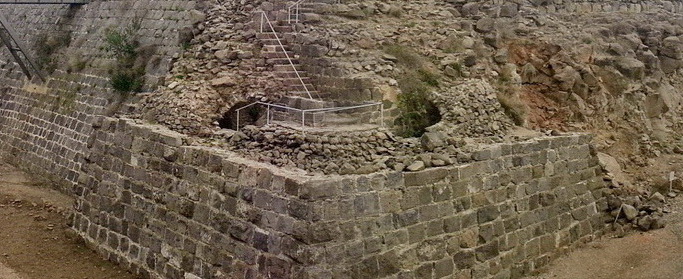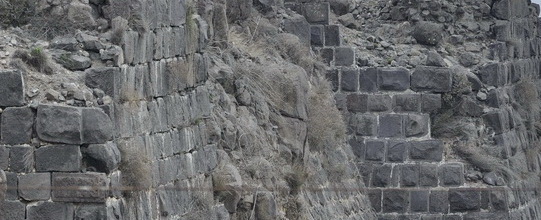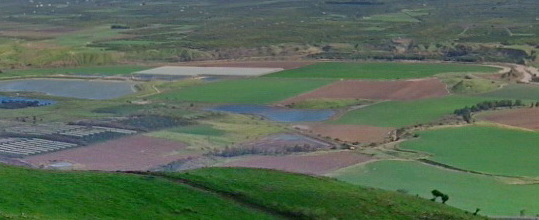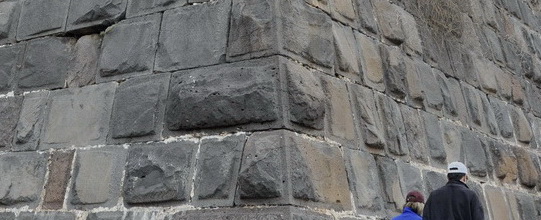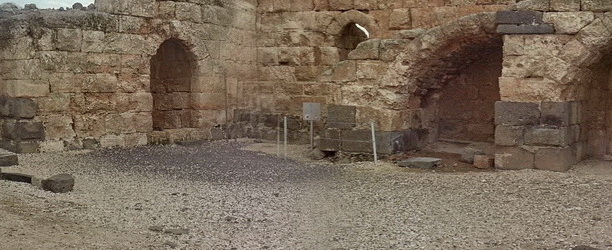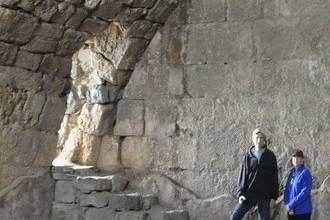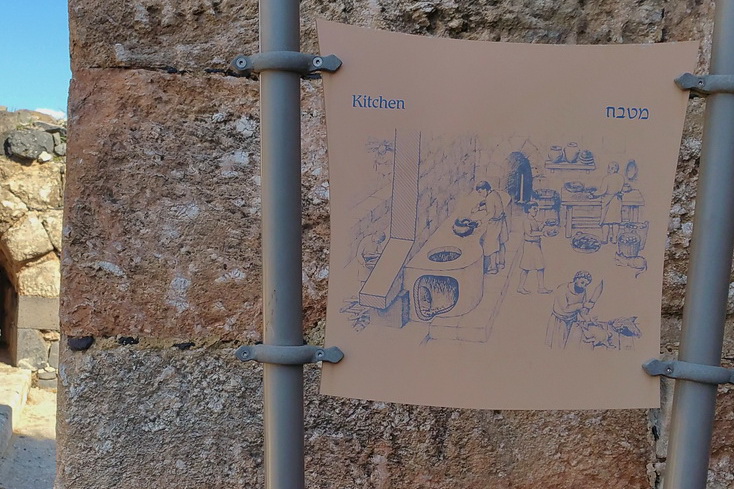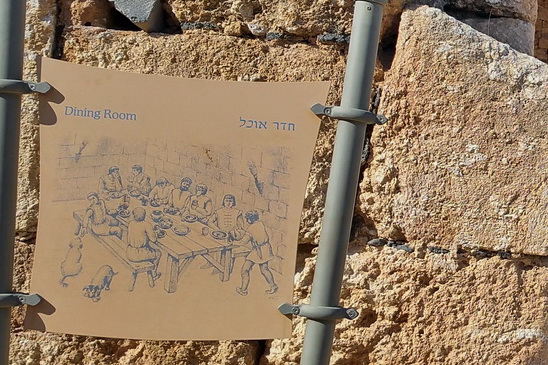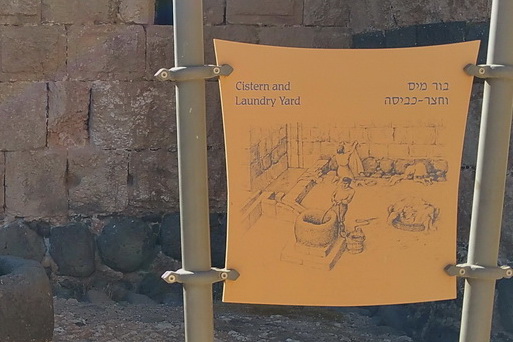A short account of Belvoir given by your Israel & Jerusalem private tour guide
South of the Sea of Galilee, high above the Jordan Valley, on top of a very steep slope, stands the Belvoir Fortress. Its French name (meaning “beautiful view”), describes its surroundings, but its Hebrew name – Kochav Hayarden (Star of the Jordan River) – tells of its strategic importance. In the 12th century, it was described as "set amidst the stars like an eagle's nest, and the dwelling of the moon."
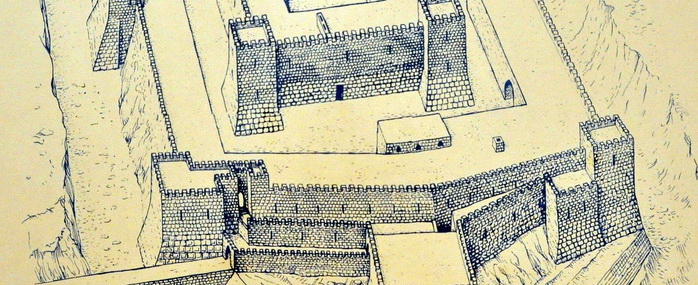
click on all the photos to open them up
A bit of history
550 m. (1,700 ft.) below the fortress, lies the Jordan Valley, through which the main highway of the country passed – the one connecting Egypt with Syria. Belvoir was the perfect place to protect and control the road (and this part of the country) from any invasion from the east. This is why in 1168, the Knight Hospitaller Order, one of the military powers of the Crusader kingdom, took control of the spot, and built Belvoir.
A great deal of architectural and military thought and planning was spent on this fortress. The results were so stunning that it became a model fortress for the later ones built in the kingdom, and also in Europe.
Twenty-one years later, in July of 1187, the Crusaders lost their entire army in the battle against the Muslim leader, Saladin. The entire kingdom was captured, except for three fortresses. One of these fortresses was Belvoir. It stood under siege for 18 months, until the Muslims managed to destroy the main tower. Only then, did the defenders surrender. The Muslims destroyed the upper parts of the buildings and walls, but much of them can still be seen today. Belvoir stood in ruins for the next 800 years, until it was excavated in the 1960’s.
What can we see in Belvoir?
- Before entering the fortress, we can stand at the end of the slope and admire the amazing view of the Jordan Valley, the Sea of Galilee to the far left, and the Gilead Mountains across the river, in the Kingdom of Jordan.
- In order to enter the fortress, you have to pass through two fortified gates connected to each other by a winding road, which is protected from the tops of the walls.
- When you go in, you will realize that you are in a complex that consists of two fortresses – one is within the other and is called the Keep. The knights lived in the Keep, which contained all of the facilities which were necessary for daily life (including a church), while the external fortress was used for storage halls and stables.
- You should admire the thickness of the external walls, the deep and wide moat and the towers and gates in the external fortress. Here, you can also see the lodging places, church, kitchen, dining room, place for washing clothes and the cistern in the Keep.
Did you enjoy your virtual tour? We can make it come true.
Just contact me and we will do it together!

